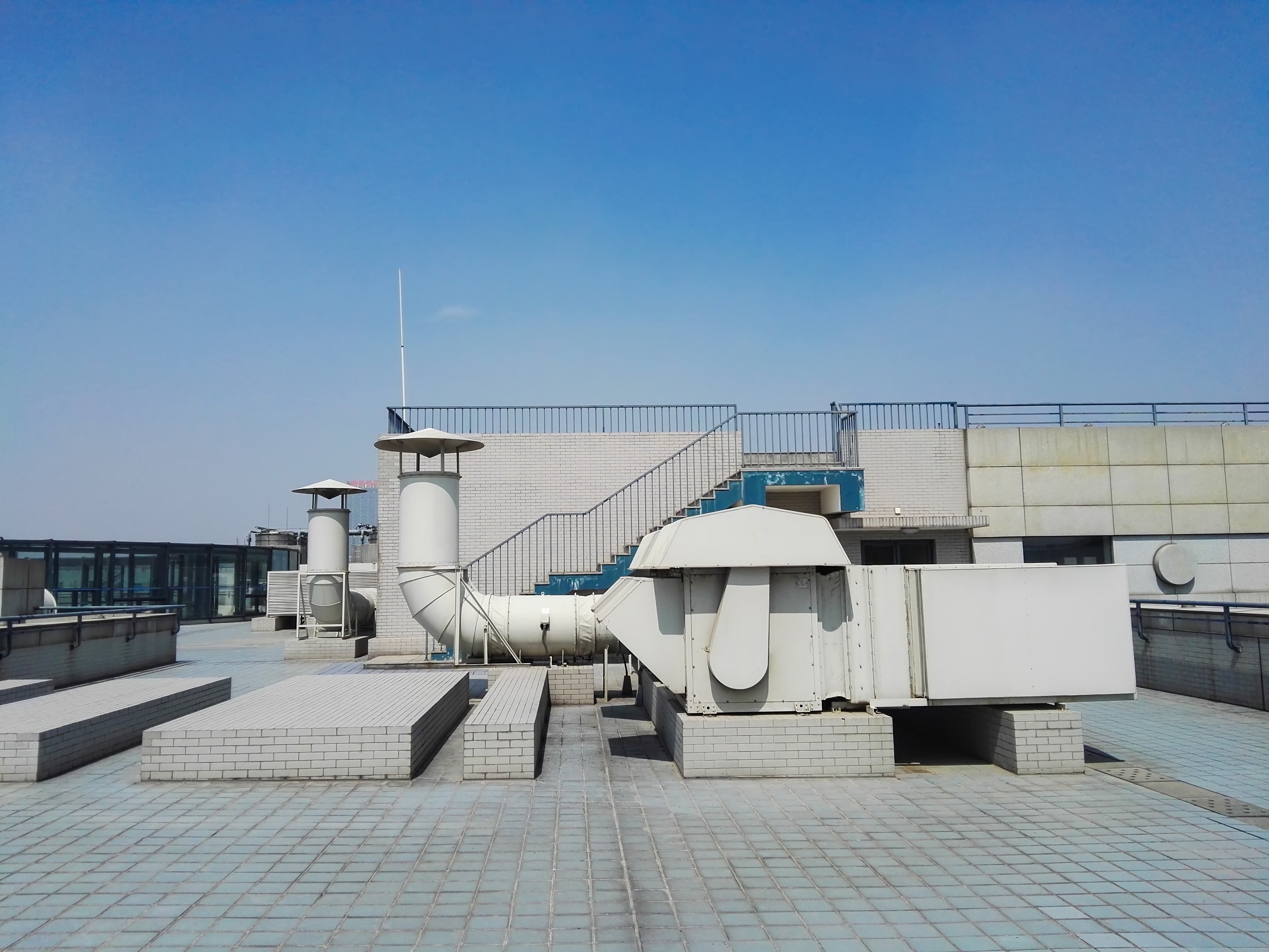
Creating favorable working and living conditions within commercial buildings is of utmost importance, considering the significant amount of time individuals spend in these environments. A key aspect of establishing such conditions is the proper installation of air-conditioning and ventilation systems, which can greatly contribute to the well-being and concentration of workers. The positive impact of a pleasant indoor climate in business premises is evident in improved concentration, increased productivity, reduced stress levels, and relief from headaches and migraines.
When planning air distribution systems, careful consideration should be given to the design of blowing elements. It is crucial to ensure that indoor air movement is gentle and does not create a sensation of a strong breeze. Strong drafts can lead to discomfort, headaches, or even common cold symptoms. By maintaining an adequate supply of fresh air in offices, the quality of the indoor environment can be improved, reducing the likelihood of unpleasant odors and promoting a healthier atmosphere.
In addition to providing a pleasant environment for occupants, energy efficiency is a key consideration in commercial buildings. An energy-efficient office system can be designed to minimize operating costs associated with ventilation, heating, and cooling. By utilizing devices with a long service life of 20 years or more, energy consumption can be significantly reduced. Implementing energy recovery techniques, such as heat recovery ventilation systems, can further enhance energy efficiency by capturing and reusing the heat energy from exhaust air.
To achieve even greater energy savings, proper planning of the energy solution during the early stages of commercial building projects is crucial. This allows for optimization of the connected load for cooling fresh air, reducing the electric power required for cooling, and minimizing the need for heat energy. Investors and building owners should make informed decisions about the desired energy solution, considering long-term "green savings" for the coming decades. By investing in energy-efficient technologies and systems, the financial benefits can be realized within a relatively short period of time, typically 2-3 years, through lower monthly energy costs.
Implementing sustainable practices in commercial buildings not only brings economic benefits but also contributes to environmental responsibility. By reducing energy consumption and utilizing energy recovery techniques, the carbon footprint of the building can be significantly reduced. This aligns with global efforts to combat climate change and promote sustainability.
In conclusion, creating favorable working and living conditions within commercial buildings requires careful planning and implementation of air-conditioning and ventilation systems. By ensuring a pleasant indoor climate, businesses can benefit from improved productivity, reduced stress levels, and better overall well-being for occupants. Energy efficiency should also be a priority, with the adoption of energy-saving technologies and practices. Proper planning during the early stages of building projects can lead to significant cost savings and long-term environmental benefits. By investing in energy-efficient solutions, commercial buildings can achieve both a comfortable indoor environment and sustainable operations for the future.
Find Us
Inair India,
4th floor, Fortune Monarch Towers,
Road number 36, Jubilee hills,
Popular Searches
© 2023 – Inair
Privacy Policy© 2023 – Inair
Privacy Policy